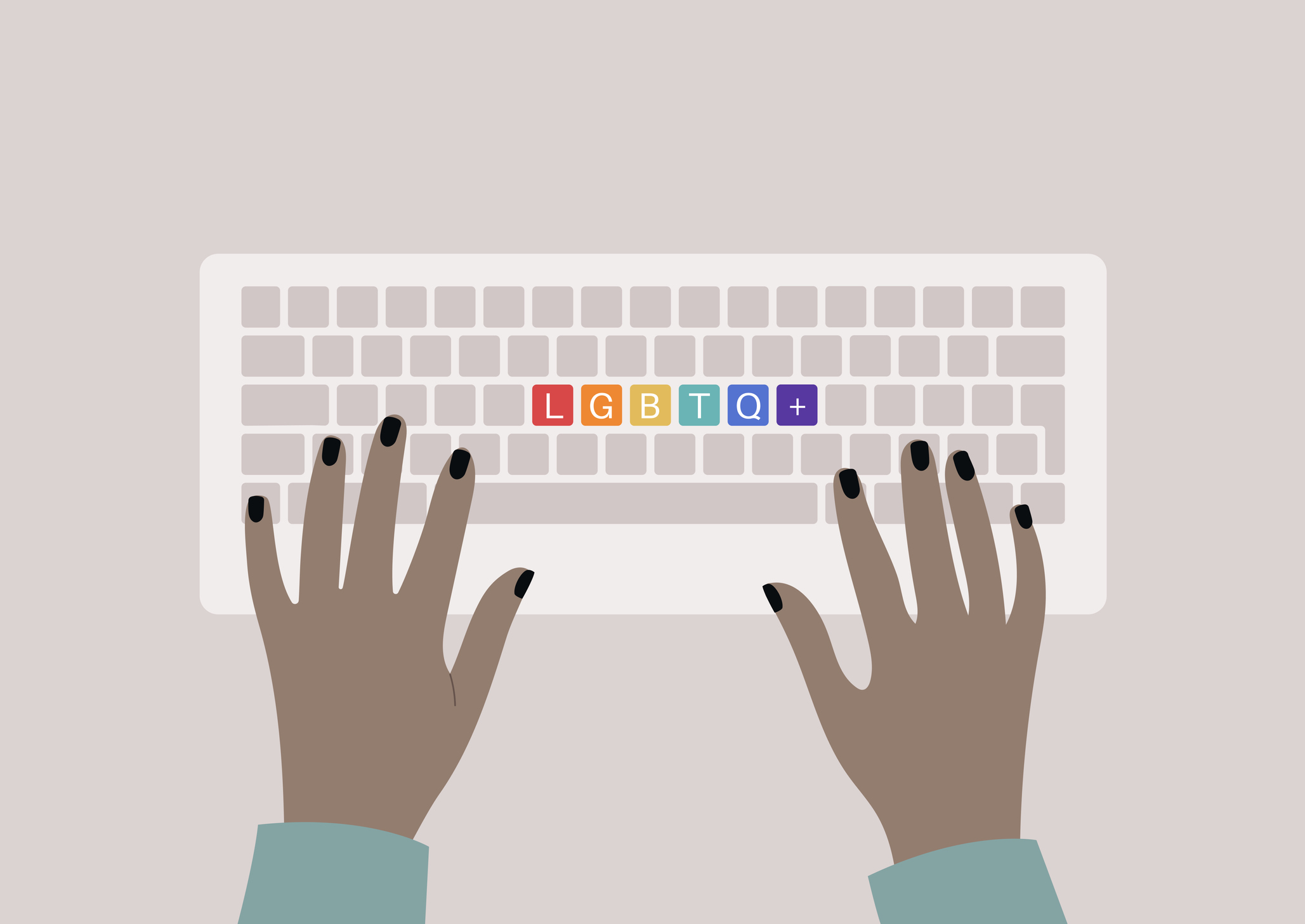TODAY, thanks to gender affirmation therapy, Nicole Boon’s body and identity are aligned. Before that process, though, when she was just beginning her transition from male to female, Boon attended a popular tech industry conference. It was a painful experience.
“I was very clearly transgender,” she recalls. “A lot of people were like, ‘Who’s that freak?” And that was at a gathering of business owners, notes Boon, who is CEO of Phoenix Secure IT, a Minneapolis-based provider of security and support solutions. “You can only imagine what it would be like if I had to work in any one of those companies.”
Amy Babinchak has some idea. Early in her career, before she entered IT, she was fired for being gay. “That was one of the reasons for wanting to start my business,” says Babinchak, who is owner of Harbor Computer Services, an SMB solution provider in Royal Oak, Mich. “It was sort of a secondary or tertiary reason, but it was in the mix because I didn’t want that to ever happen again.”
A recent cross-industry survey by the IBM Institute of Business Value and Oxford Economics suggests she had reason to fear more bias. Some four out of five participants in that study who self-identify as gay, lesbian, or bisexual said they’ve been personally discriminated against due to their sexual orientation.
“There are a lot of organizations that still have a lot to work to do,” Boon says.
Indeed, workplaces of all kinds can be unwelcoming environments for LGBTQ employees, according to Isabel Porras, senior director of learning and development at advocacy group Out & Equal. “Hearing negative commentary about LGBTQ people is still something that’s, unfortunately, quite common,” she says. For employers, Porras continues, the result can be a “brain drain” of valuable staff, something no channel pro can afford at a time of record low IT unemployment.
Preventing that problem begins with articulating and enforcing clear rules against disrespectful or discriminatory behavior, Boon says. “If somebody is going to harass or belittle somebody for their gender or sexual orientation, then you as a business owner have to step in and say, ‘This is not OK, and if it continues then you don’t work here anymore.'”
Holding meetings in which LGBTQ employees can speak freely with managers and peers about their experiences on the job is essential too, Porras notes, as is concrete action after those meetings to address problem areas.
“All of that sort of reinforces each other so that it isn’t just this top-down ‘here are our rules’ approach, but also a bottom-up ‘this is how we’re building a belonging and inclusive culture’ approach,” she says.
Thoughtful measures during the hiring process—like providing more options than “male” and “female” on an application form, explicitly stating your commitment to an inclusive environment, and highlighting your sponsorship of LGBTQ community events—can help you recruit as well as retain LGBTQ employees, Porras adds. “Organizations that can be very clear about their mission and values and the way in which they recognize their employees’ authentic selves I think will be much more competitive in the talent market,” she says.
An LGBTQ-friendly benefits package that covers hormone therapy, for example, helps too, according to Boon. “Some transgender people in the community actually look for employers that offer those things,” she says.
Boon is careful to note that the channel is far from universally hostile to people like her. “There are people that are highly against it and then you have people that are very supportive,” she says. Babinchak agrees. Since starting her business, sexual orientation has simply never come up with clients or employees. “It’s been a good industry for me,” she says.
Or at least it has so far as being LGBTQ is concerned. Babinchak, and Boon too now that most people perceive her as a woman rather than a trans woman, struggle most directly with a different diversity challenge these days.
“Being a woman is just much harder in the IT channel,” Boon says.
Image: iStock














